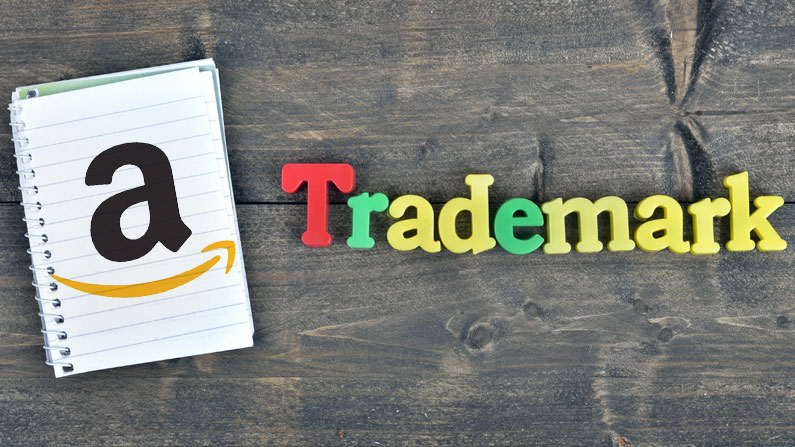
How to Protect Your Brand with Trademarks and Intellectual Property
In today’s fiercely competitive eCommerce environment, your brand is one of your most valuable assets. Whether you’re a private label seller on Amazon, an emerging DTC brand, or a wholesaler expanding into new markets, protecting your brand through trademarks and intellectual property (IP) is crucial. Without proper protections in place, your hard work can be easily undermined by copycats, counterfeiters, and unauthorized sellers.
This guide will walk you through essential steps to safeguard your brand, with actionable advice for Amazon sellers and eCommerce entrepreneurs alike.

Why Trademarks Matter in eCommerce
A trademark is more than a logo—it’s your business identity. Registering your trademark gives you exclusive legal rights to use your brand name, product names, slogans, and even packaging design in connection with your goods or services. These protections are critical for:
Establishing brand authority and customer trust
Preventing unauthorized sellers from hijacking listings
Enrolling in Amazon Brand Registry, which unlocks powerful tools like A+ Content, Sponsored Brands, and counterfeit reporting
Boosting perceived value and brand equity over time
To understand how a registered trademark fuels brand growth, check out this Shopify guide to trademarks.
Types of Intellectual Property You Should Protect
Besides trademarks, other forms of IP protection can further secure your competitive edge:
1. Copyright
Protects original creative works such as product photography, graphics, packaging design, and website copy.
2. Design Patents
Covers the ornamental design of functional items—ideal if your product has a unique look or shape that you want to protect.
3. Utility Patents
Safeguard the function of a product. These are harder to obtain but valuable if your product offers a new or improved process or function.
4. Trade Dress
Protects the overall look and feel of your product and packaging if it’s distinctive enough to be associated with your brand.
By proactively identifying what parts of your business fall under each category, you can layer protection that deters infringement and positions your brand as serious and trustworthy.

Steps to Protect Your Brand on Amazon
If you’re selling on Amazon, trademark protection is essential for accessing Amazon’s tools designed to help you maintain brand integrity. Here’s how to get started:
Step 1: Register Your Trademark
Use the USPTO (United States Patent and Trademark Office) to file your application.
You can file on your own or through an attorney, but using a legal professional can reduce delays and rejections.
Your brand name should be unique, not descriptive, and not easily confused with existing trademarks.
Step 2: Enroll in Amazon Brand Registry
Once your trademark is pending or approved, enroll in Amazon Brand Registry, which gives you:
Access to A+ Content and Amazon Stores
Greater control over your listings
Protection against listing hijackers and counterfeiters
Search tools for reporting IP violations quickly
Step 3: Monitor and Enforce
Set up Google Alerts for your brand name
Monitor your Amazon listings regularly
Use tools like IP Accelerator if you’re in a hurry to access Amazon Brand Registry benefits before your trademark is officially registered
Amazon also offers Project Zero and Transparency programs, which give you advanced counterfeit protection options once you’re enrolled in Brand Registry.
Additional Resources and Best Practices
Regularly audit your product listings for unauthorized edits
Ensure your branding is consistent across all platforms to reduce risk of impersonation
Use a tool like Helium 10’s Alerts or Jungle Scout to monitor listing changes and unauthorized sellers
If you sell wholesale or have retail partners, include MAP (Minimum Advertised Price) and reseller terms in your agreements
For broader eCommerce protections, this Walmart Marketplace intellectual property guide explains how sellers can protect their IP and respond to infringement on that platform.

Final Thoughts
Building a brand takes time, creativity, and investment—protecting it shouldn’t be an afterthought. By securing your trademark and understanding your broader intellectual property rights, you can confidently scale across marketplaces, enforce your rights, and maintain customer trust.
Remember: a strong brand isn’t just how it looks—it’s how well it’s protected.














